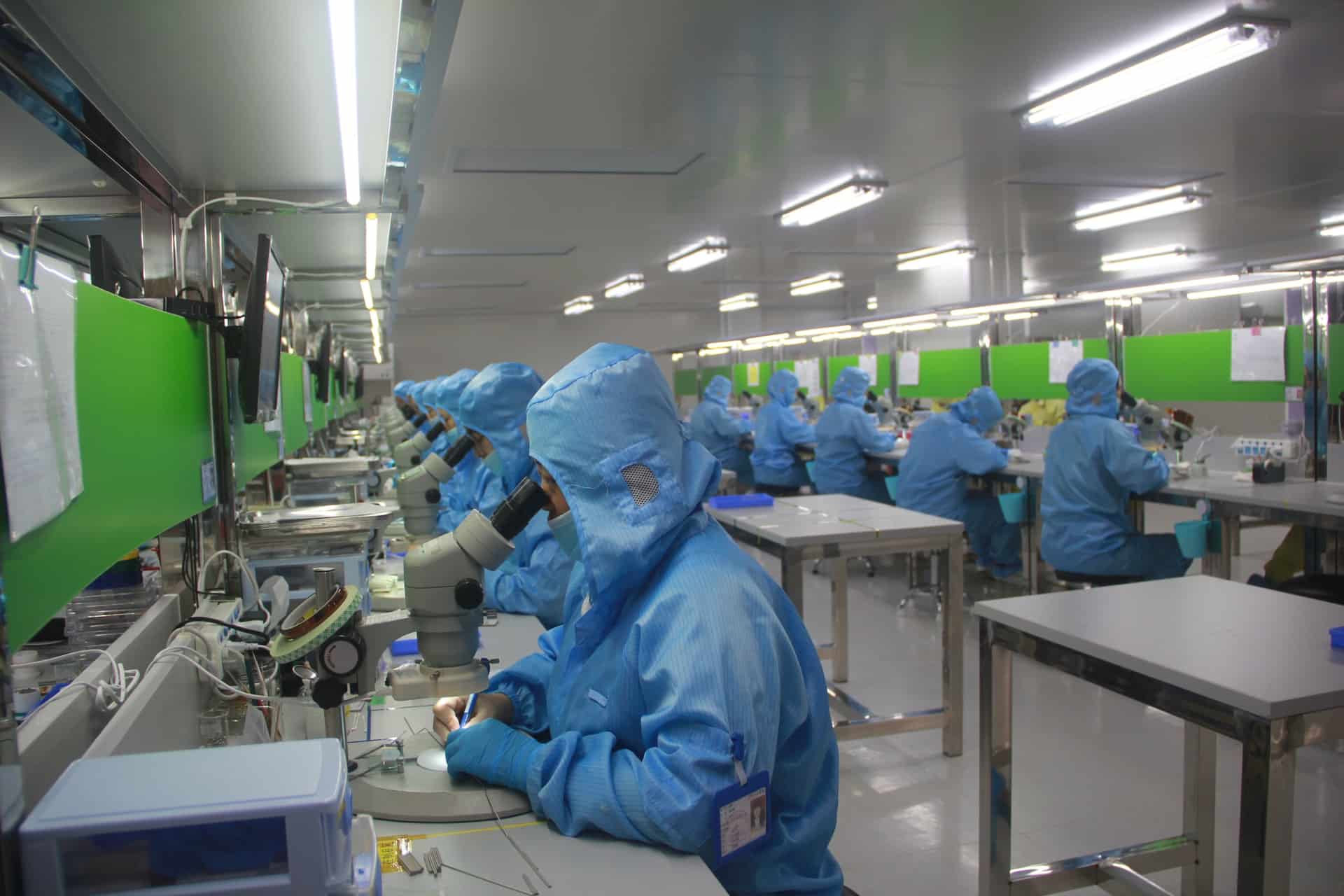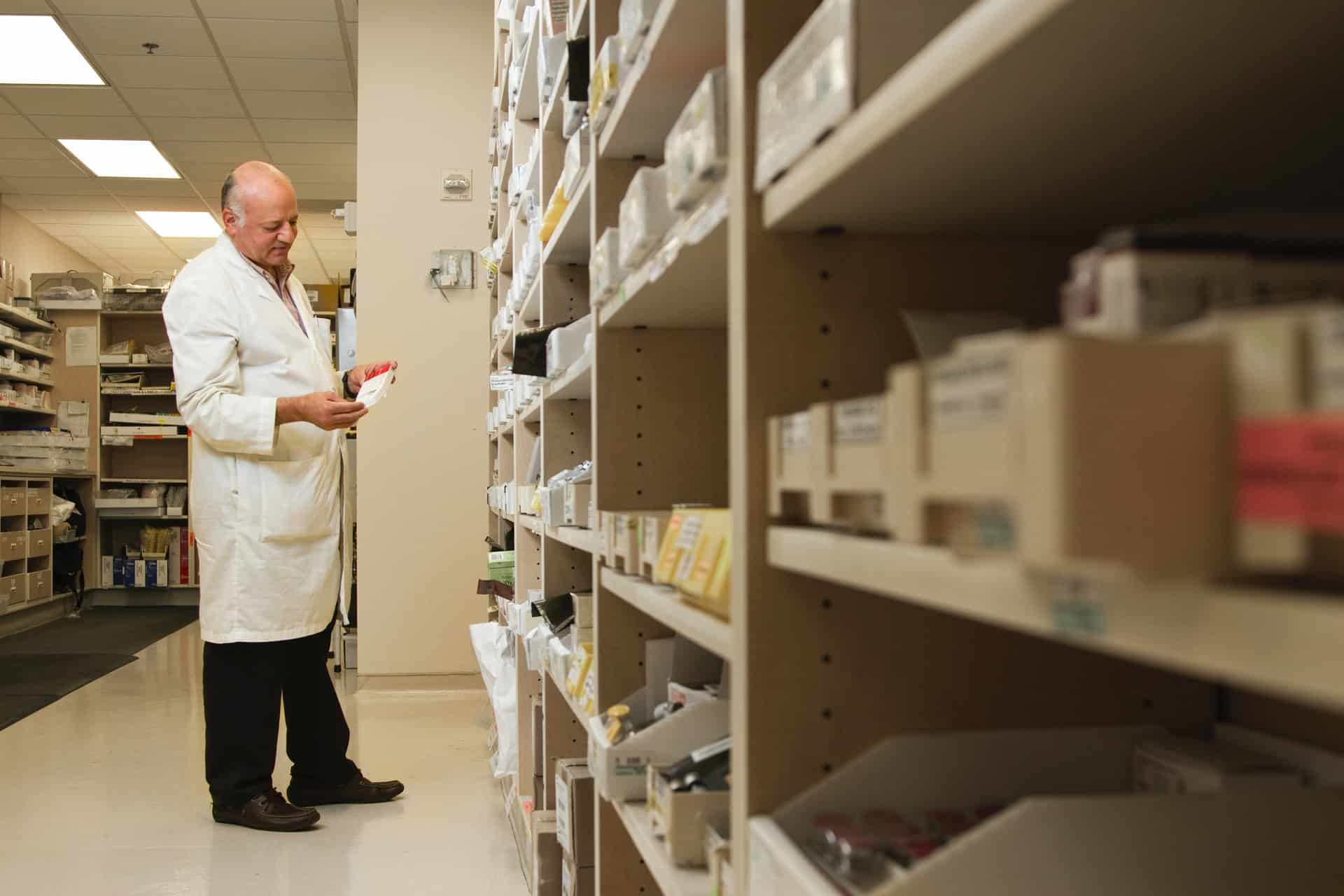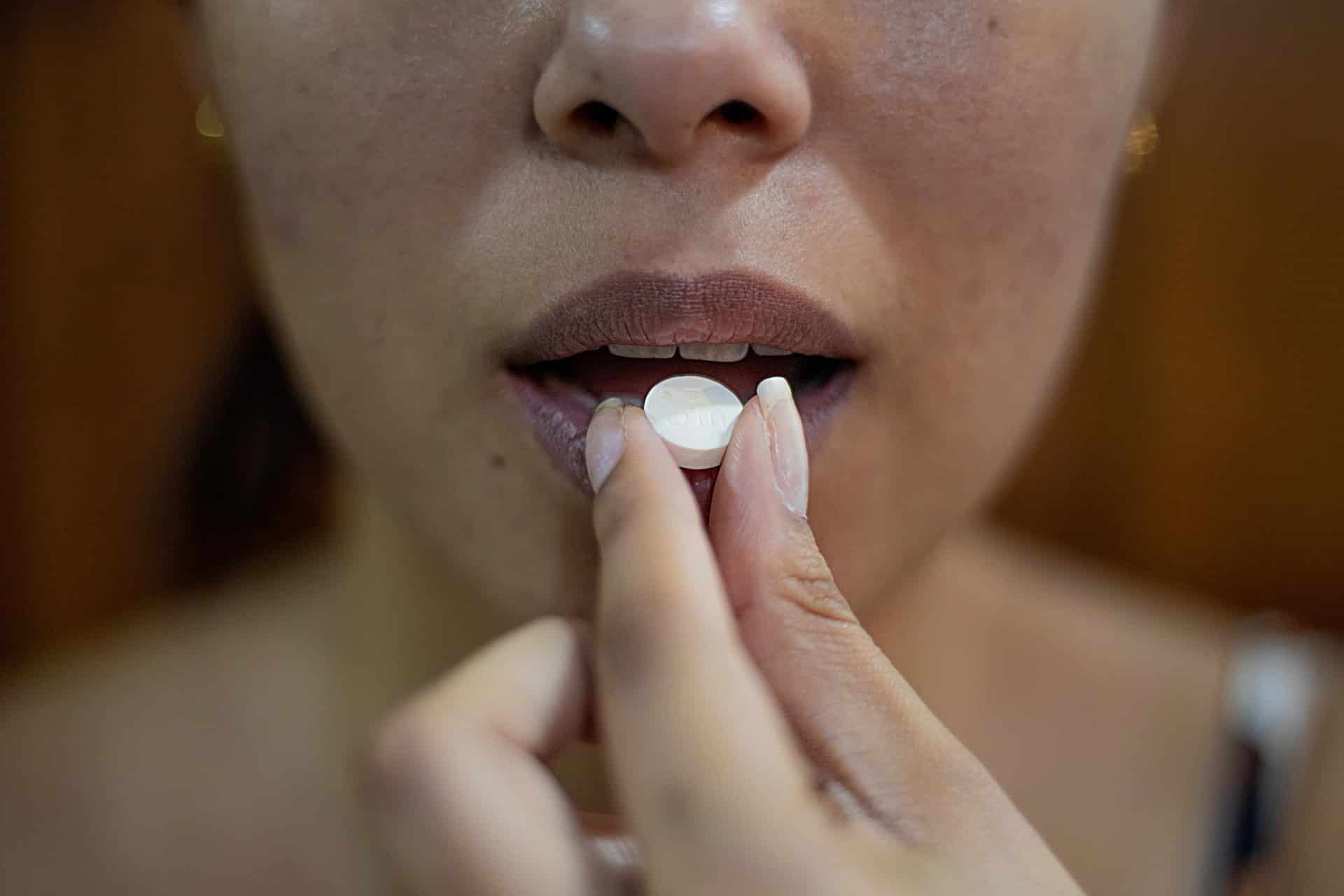The pharmaceutical industry analysis helps us get an insight into the industry that is an integral part of our lives with the help of SWOT and PESTLE analysis.
What's the most valuable thing you possess? Stop thinking about all the materialistic assets. Instead, think about the real wealth, your health.
Good health is the most valuable thing a person can possess. It is a common belief that health is priceless and cannot be bought. However, this statement is partly true today.
Although it is impossible to buy health, supplements and medicines that improve health can definitely be purchased.
The industry that provides us with medicines and supplements is called the pharmaceutical industry. The pharmaceutical industry plays a significant role in our lives and helps us live a healthy life.
Keeping that in mind, today, we decided to conduct a Pharmaceutical Industry Analysis to get an insight into the industry that is an integral part of our lives.
Before starting the pharmaceutical industry analysis, let's look into its history and present situation.
People have been offering traditional remedies and cures for centuries, but the pharmaceutical industry we know today started evolving in the 17th century when the scientific revolution led to experiments.
In the late 18th century, these experiments led to the manufacturing of medicines. From there onwards, the efficiency and quality of goods kept getting better with modern technology.
The pharmaceutical industry is one of the biggest industries at the moment. In 2020, the pharmaceutical industry was worth $1.2 trillion.
Although possibly the first company that started operating in the pharmaceutical industry was a German company, Merck. However, today, different countries hold stakes in the pharmaceutical industry.
Mainly, the exports of pharmaceutical products take place from Europe. However, Germany is considered the biggest exporter of pharmaceutical products since it exports 14.9% of the total drugs exported.
However, other countries, like Switzerland, Belgium, France, etc., are also among the major exporters in the pharmaceutical industry.
In 2020, the Pharmaceutical Industry was reported to have global exports worth $407.7 billion.
As the pharmaceutical industry has grown so big, several major manufacturing and distributing companies have emerged that dominate the industry.
To name a few, Johnson & Johnson, Roche, Novartis, etc., are the biggest manufacturers in terms of revenue in the pharmaceutical industry. However, Johnson & Johnson is the biggest pharmaceutical manufacturer, with a revenue of $82.6 billion.
Moreover, the pharmaceutical industry is responsible for the employment of millions of people. More than half a decade ago, the pharmaceutical industry provided employment to 5.5 million people globally.
So far, we have discussed the pharmaceutical industry's history and current position in detail. It's now about time to conduct the pharmaceutical industry analysis.

Pharmaceutical Industry Life Cycle
To start the Industry analysis, first, we have to devise the industry life cycle of the pharmaceutical industry. Which is the first and the most critical step to perform when conducting an Industry analysis.
The life cycle of any industry consists of five stages. The first stage of the life cycle is the startup stage. After this stage, the industry moves to the growth stage. When the industry has achieved growth, that's when the shakeout stage starts.
After that, the industry reaches the maturity stage, and finally, it heads towards the decline stage.
Startup Stage
The startup stage highlights the era of an industry when there is significantly less competition in the industry, and companies are trying to develop their consumer base by spreading awareness about their product.
The pharmaceutical industry entered its startup age back in the late 17th century when small apothecary shops began to open. That's when very few shops provided medical remedies across the globe.
Growth Stage
After the startup stage, an industry enters the growth stage. In this stage, the industry grows as more competitors enter the market and innovate to increase their market share.
The pharmaceutical industry experienced growth in the 19th century when the manufacturing of medicines started on a large scale.
Companies in different countries, for example, Darmstadt in Germany, Etienne Poulenc in France, Hoffmann-La Roche in Switzerland, Upjohn in the U.S, etc., started manufacturing medicines on a large scale. This increased the competition in the industry while the industry grew.
Shakeout Stage
The shakeout stage represents that specific stage of the industry life cycle when the competition in the industry increases. As a result, small companies are pushed out of the industry.
After observing the growth period (2001-2020), the pharmaceutical industry experienced the shakeout stage. In this stage, small companies were forced to leave the market. As a result, big companies like Pfizer, Roche, Abbvie, Johnson & Johnson, etc., emerged.
Maturity Stage
When an Industry enters its maturity stage, that's when an industry is at its peak. The industry has gained the maximum market share in this life cycle stage. As a result, the growth of the industry has started to slow down.
The pharmaceutical industry is currently in the maturity stage. It is expected to reach $1,110.00 billion in 2022. However, its growth rate has slowed down over the years, and it is predicted to grow at a rate of 5.94% in the next four years.
Decline Stage
The decline stage arrives right after the industry has reached maturity. At this stage, the industry's market share starts to drop. This may be due to the entrance of new substitutes into the market.
In the case of the pharmaceutical industry, the decline stage is nowhere near at the moment. Moreover, the decline of the pharmaceutical industry sounds weird since healthcare is a basic need of a human being, and there are no substitutes available for medicines.
Assessing the Competition: Porter's Five Forces Model
After constructing the pharmaceutical industry's life cycle, let's move to the second step of industry analysis, where we will analyze the competition present in the pharmaceutical industry through Porter's five forces model.
This model helps companies in making the decision of whether to enter an industry or not.
Competitive Rivalry
This model factor highlights the level of competition experienced by the new entrants or pre-existing firms in the industry. Moreover, it will also provide us with awareness about the current quality of products offered in the industry.
The newly entering companies will get tough times in the industry since existing companies will try to push the new company out of the market through price wars and advertising strategies.
However, once a company survives, patents protect companies and help them hold their ground.
Supplier Power
This factor of Porter's model analyses the power suppliers have to alter the price by controlling the supply.
Suppliers in the pharmaceutical industry have minimal power compared to other industries. This is because pharma companies mainly need chemicals for manufacturing, and plenty of suppliers in the market supply the same chemicals.
Buyer Power
The buyer power tells us about what ability the buyer has to influence an industry's prices.
In the pharmaceutical industry, buyers have little power since healthcare is necessary, and medicines demand is inelastic. As a result, buyers are on the back foot when it comes to influencing prices.
Threat of Substitution
This section will discuss the threats of getting substituted that companies face in the industry. Companies feel threatened by other companies in the same industry that offer low-priced, good-quality products.
Also, with recent advancements in technology, innovation, AI, and massive investments in R&D, the competition has immensely increased and pushed the current Pharma-giants on their tiptoes.
Due to this, the companies operating in the pharmaceutical industry feel constantly threatened as the chance of being substituted looms ever greatly over them. As competing companies can develop medicines that are more advanced and have more efficacy to cater to the same problems.
In this case, the consumers would naturally be attracted to that better-quality product.
Threats of New Entry
The last factor of Porter's model highlights the threats of new companies entering the industry that already existing companies face.
The barriers to entry are high in the pharmaceutical industry due to the high cost of R&D and strict patent policies. Due to such difficulties, companies avoid entering the pharmaceutical industry. However, expiring patents allow new entrants to enter and seize the market share.

Environmental Analysis
Conducting an environmental analysis is the last step in concluding the pharmaceutical industry analysis. In this section, we will learn about the internal and external factors that affect the operations of a company operating in the pharmaceutical industry.
To conduct the environmental analysis, it is necessary to use SWOT and PESTLE analysis since these are the top business tools used to analyze the internal and external factors affecting companies.
PESTLE Analysis
PESTLE analysis draws attention to the external factors that affect a company's operations. PESTLE analysis takes account of the political, economic, social, technological, legal, and environmental factors that influence an organization's operations.
● Political Factors
The pharmaceutical industry is highly dependent on the exporters of pharma products across the globe. Therefore, the pharmaceutical industry will suffer if sanctions are imposed on countries or the trade is disrupted due to political reasons.
● Economic Factors
As we have seen, an increase in the global GDP is observed each year, which means that people's living standards are increasing each year. Due to the improved living standard, more people will now be able to consume medicines. Hence, the market share of the pharmaceutical industry will increase.
● Social Factors
Diseases like obesity vary from country to country since people's lifestyles vary in different countries. Countries having high obesity rates could also lead to increased consumption of medicines since obese people are more prone to diseases.
Such social factors can influence the consumption of the pharmaceutical industry.
● Technological Factors
Due to technological advancements, it is now possible to store and transport medicines without causing damage to them. This will prevent losses that used to occur previously, and the pharmaceutical industry's revenue can increase. As mentioned above, this factor alone has immensely changed and can affect the industry dynamics.
● Legal Factors
As a pharmaceutical product is one of the essential ones, the government or any other authority uses laws to control the fraud regarding the expiration dates and manufacturing of these drugs.
Nevertheless, if a company fails to adhere to these set guidelines, it may be sued by legal proceedings.
● Environmental Factors
The pharmaceutical industry often faces heavy penalties for poor disposal practices. These penalties would not only damage the pharmaceutical industry financially, they will also hurt its reputation.
SWOT Analysis
The acronym "SWOT" represents the strengths, weaknesses, opportunities, and threats an organization has to deal with.
Strengths
The pharmaceutical industry benefits from the fact that it produces a product that many people need in their day-to-day lives. This is why it has a large customer base which is really beneficial for the industry.
Since buying medicines is a necessity, the pharmaceutical industry will always have enough buyers for its products.
Weaknesses
Although the pharmaceutical industry has become a very commercial industry, companies within the industry fail to advertise their products properly, due to which many potential customers are lost.
Opportunities
Companies in the pharmaceutical industry always have the opportunity to use technology to make more efficient and effective products. The success of these companies lies in the innovation they employ in their research. As a result, companies can increase their market share by investing in R&D.
Threats
One of the threats faced by the pharmaceutical industry is increased government regulations. For example, suppose the government strictly regulates the pharmaceutical industry's disposal or manufacturing processes. In that case, companies in the pharmaceutical industry will face difficulties operating.

Pharmaceutical Industry Analysis: Final Word
Let's take a minute to summarise what we learned in this article. Initially, we learned that the pharmaceutical industry is a big deal financially, and many livelihoods are attached to it.
Then we also discussed how important it is for people out there who are unwell and need medications to survive. Besides that, some of the major exporters and manufacturers of pharma products were also discussed.
After getting some insight into the pharmaceutical industry, we started off by conducting its industry analysis.
We first constructed the pharmaceutical industry life cycle to conduct the Pharmaceutical Industry Analysis. Then the level of competition within the industry was analyzed through Porter's five forces model. Finally, in the end, the environmental analysis took place with the help of PESTLE and SWOT analyses. We hope that this article made you aware of the pharmaceutical industry. Besides that, we assume that you've also learned how to conduct an industry analysis.


